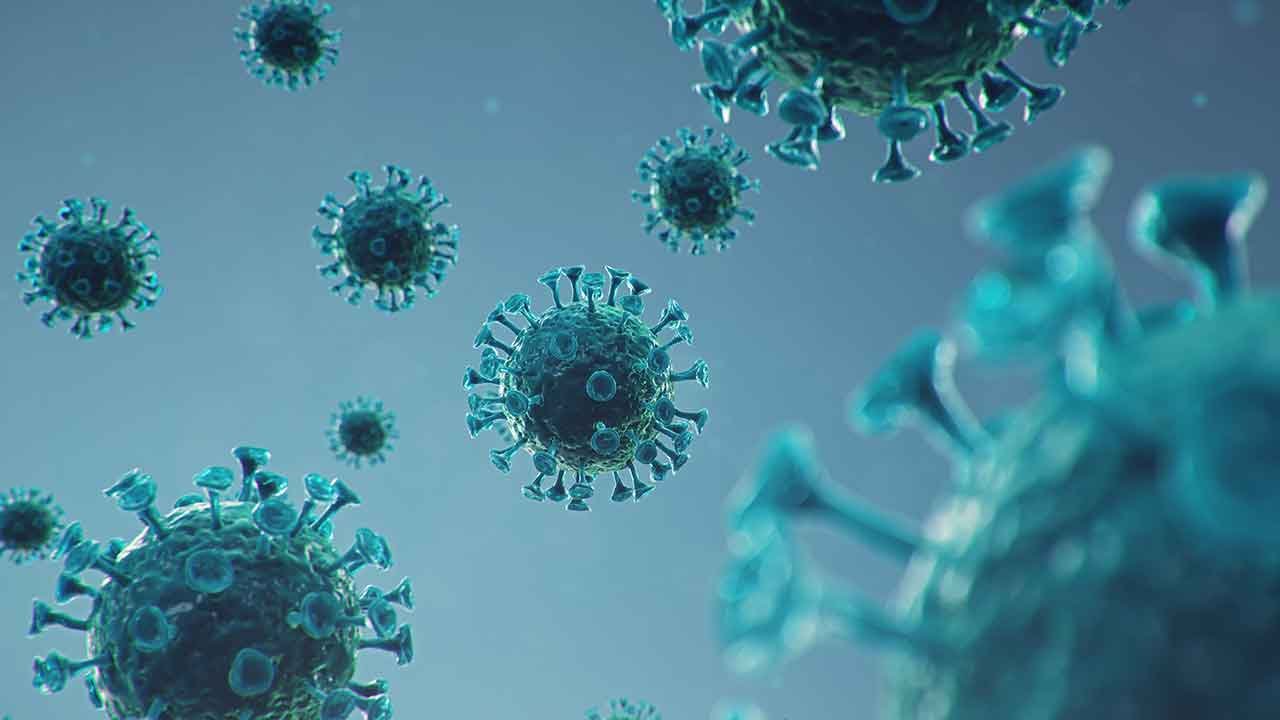Since the beginning of the Covid-19 pandemic, over 69 million people have been recovered in the US. After dealing with the disease with more or less severe symptoms, they have been negated.
An excellent piece of news that, however, links to another one that has yet to be defined: the increasing incidence of people affected by the so-called “post-Covid syndrome”.
What is a post-Covid syndrome?
Post-Covid syndrome is defined as several physical problems affecting between 50 and 80% of those infected, regardless of the severity with which they are involved.
The symptoms are different, but the most common are chronic fatigue, muscle pain, breathing difficulties, heart problems. All these problems, in many cases, remain for several months after recovery. Therefore, they can be debilitating, lowering the quality of life and affecting the working performance of the subjects involved.
“Recent studies have shown that the most recurrent symptoms, fatigue, are present in about 80% of patients studied. Many have even difficulty climbing a ladder or getting out of bed. The following are shortness of breath (or starvation of air) that occurs in 65% of cases and widespread pains (including chest) reported in 5% of cases.”
Reasons: all assumptions
Once cured of the Covid-19, patients are expected to return quickly to health. Still, in many cases, this is not the case. There are still no absolute certainties on the reasons for being unwell even after the last negative swab. “The simplest hypothesis which has been immediately thought is the alteration of the availability of oxygen in the blood, due to a reduction of the pulmonary spread. Secondary to permanent damage or the slow resolution of the pulmonary interstitium, resulting from acute viral pneumonia. This hypothesis does not convince, however, totally because this problem also affects those who during the disease did not find acute respiratory insufficiency”.
Metabolic alterations of affected cells under observation
Another hypothesis could then be linked to the mode of virus replication. “Like any other Virus, the Covid-19 attacks the cells of our body, made up of many molecules, including the proteins, in turn consisting of chains of amino acids, and the scans to use the amino acids so available to create new virions identical to the original virus. First, the virus attacks and penetrates the inside of the cell.
The virus then releases its genetic material and inserts it into its genetic message, sending “false messages” to the cell. Making all or part of its resources available to assemble a new virus called virions. Both the direct virus attack and some subsequent processes cause important metabolic/structural alterations of the affected cells, which lose their metabolic/functional capabilities.
It takes time to restore their structural and energy heritage to return to their normal activities. It is important to note that the Covid-19 attacks almost all the cells in our body. Clinical symptoms are mainly pulmonary because the virus enters with breath and our first anatomical structure it encounters is the lung.”
What to do in post-Covid syndrome
Before thinking about therapy, it is necessary to be certain to be in front of a post-covid syndrome. Which can only be detected by the doctor and after undergoing a series of specific tests.
If at the end of the tests you are sure to have this problem. You can intervene by strengthening the cellular metabolic pathways due to physical activity and actively supporting the neo-formation of those molecules. Such as proteins, which have been splashed by the virus.
An ad hoc integration with amino acids and vitamins, where deficiencies are evident, is the first step to be taken. Then, and always under the supervision of a medical specialist, to make adequate motor rehabilitation and introduce nutritional support quantitatively adapted to cellular needs, greatly helps recovery”.
How to supplement amino acids
In the food part of the therapy, the supply of amino acids is essential. “The nine “essential” amino acids, Leucine, Isoleucine, Valina, Lysine, Methionine, Phenylalanine, Threonine, Tryptophan, Histidine. It should be taken categorically with the food or supplements because our metabolism cannot synthesize them. In contrast, other amino acids, called “non-essential,” can be synthesized from the various molecules already available. We must also remember that the nitrogen in “non-essential” amino acids “weighs” on the kidneys. It accumulates a waste substance that can clog disposal systems by making protein synthesis less efficient. That’s why, better than a hyper-protein diet. Which can cause kidney problems. It’s ideal for taking a mixture of individual human-tailored amino acids that are specific to humans and highly bioavailable.”
